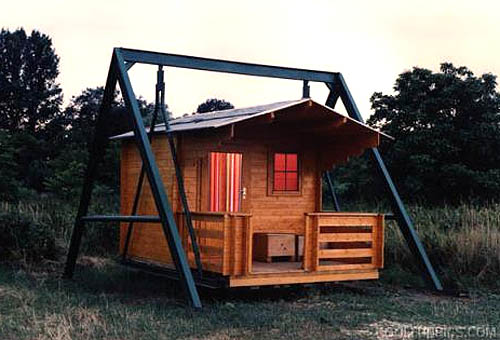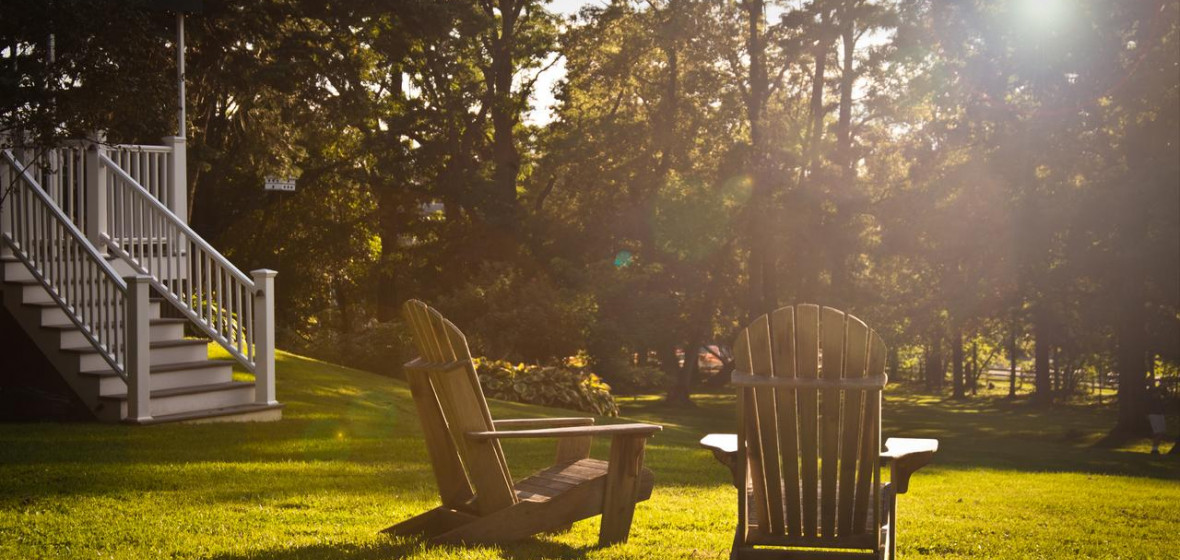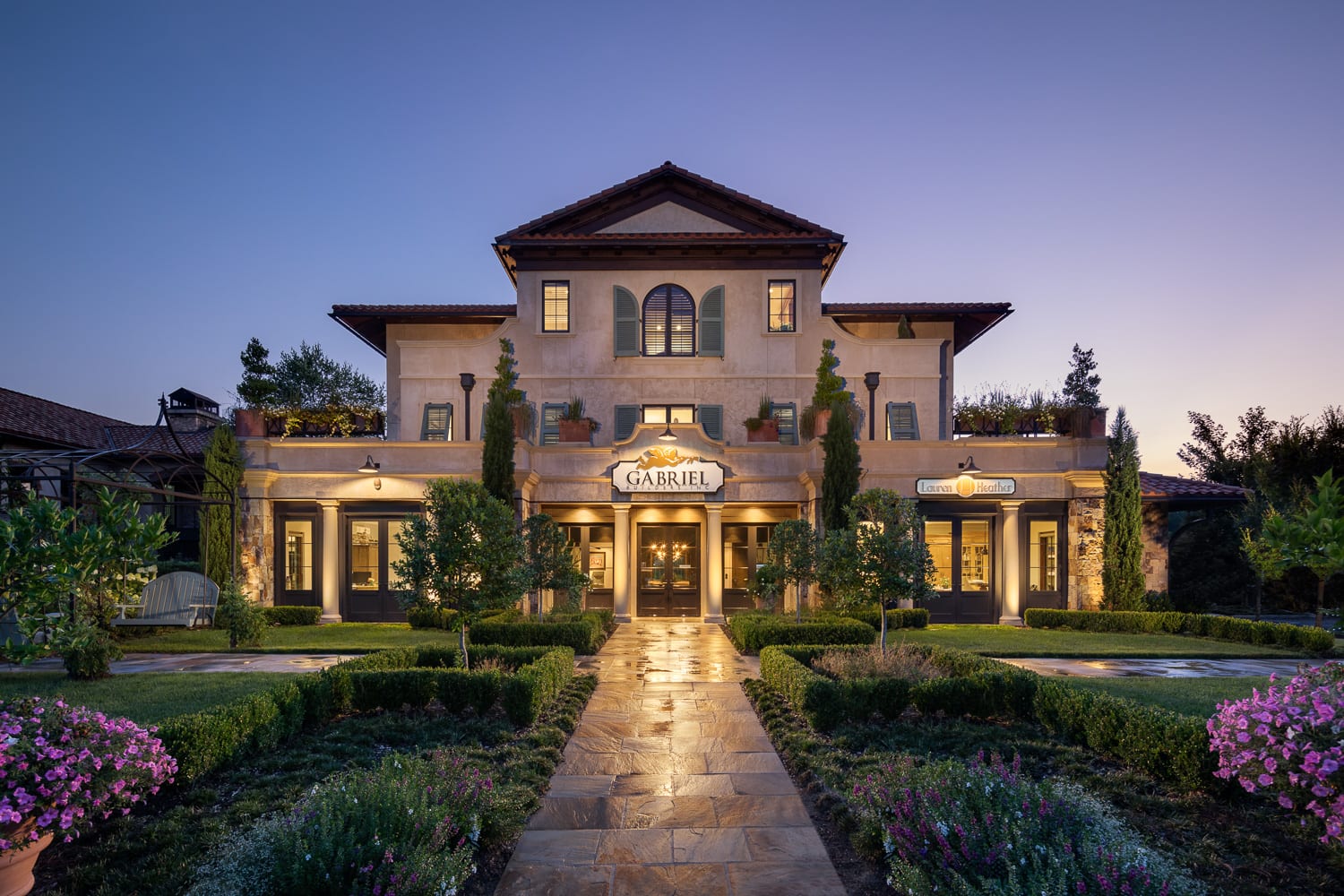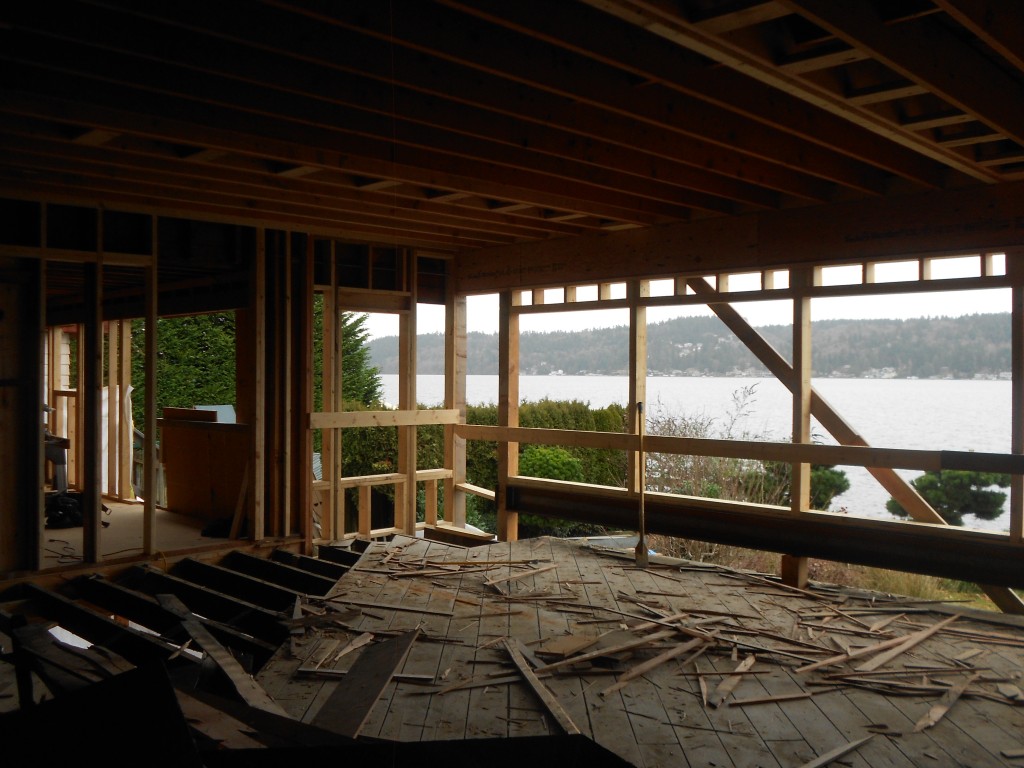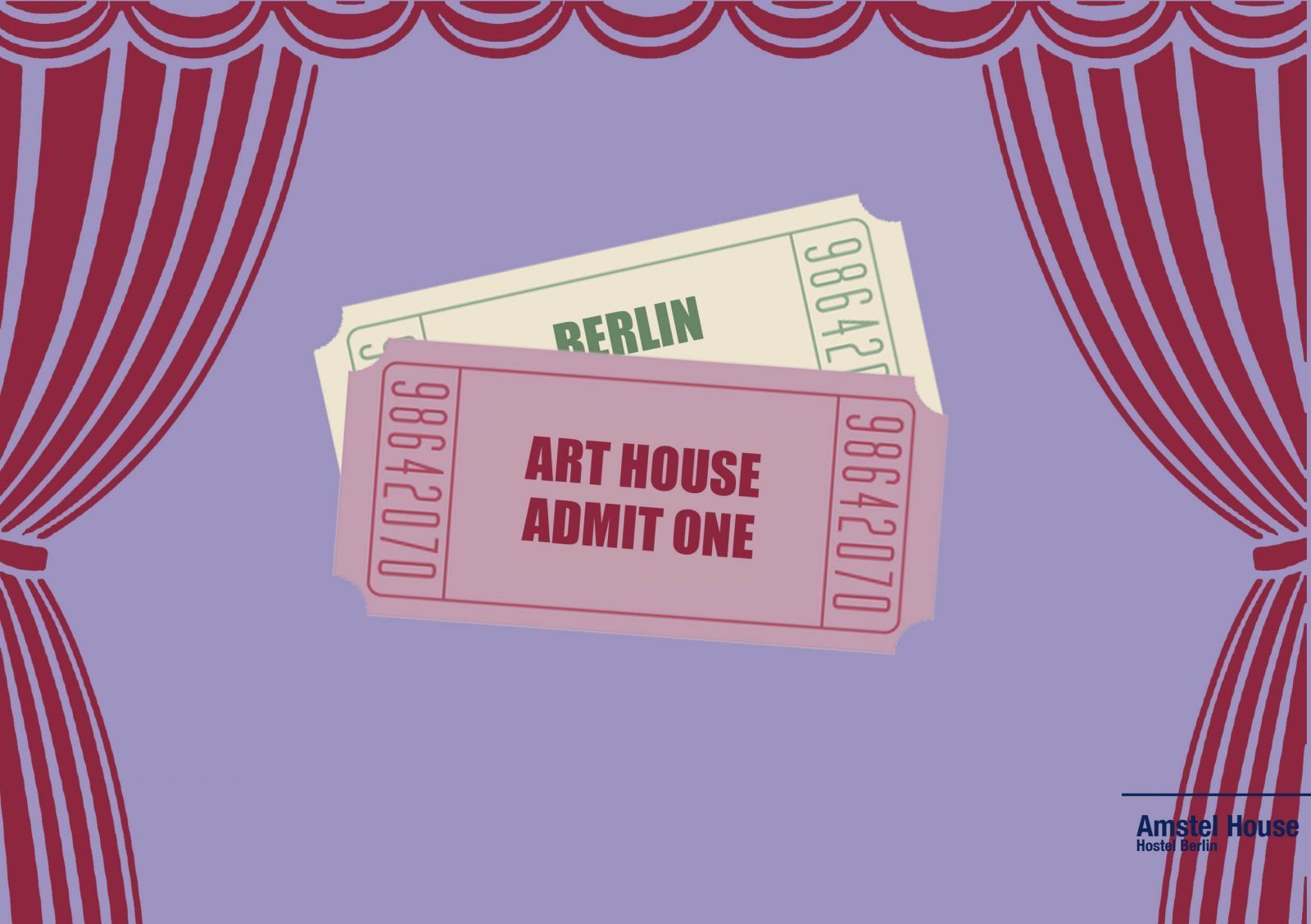Table Of Content
- Equipment and Furniture Needed for Kindergarten Classroom
- Ten kindergarten interiors that use colour to create a playful environment
- Add in farmhouse elements
- Seven Principles of Early Childhood Classroom Design
- Ideas for Setting Up a Kindergarten Classroom
- Make learning a game for your students
- Bringing the Outdoors In The Benefits of Natural Elements in Classroom Design
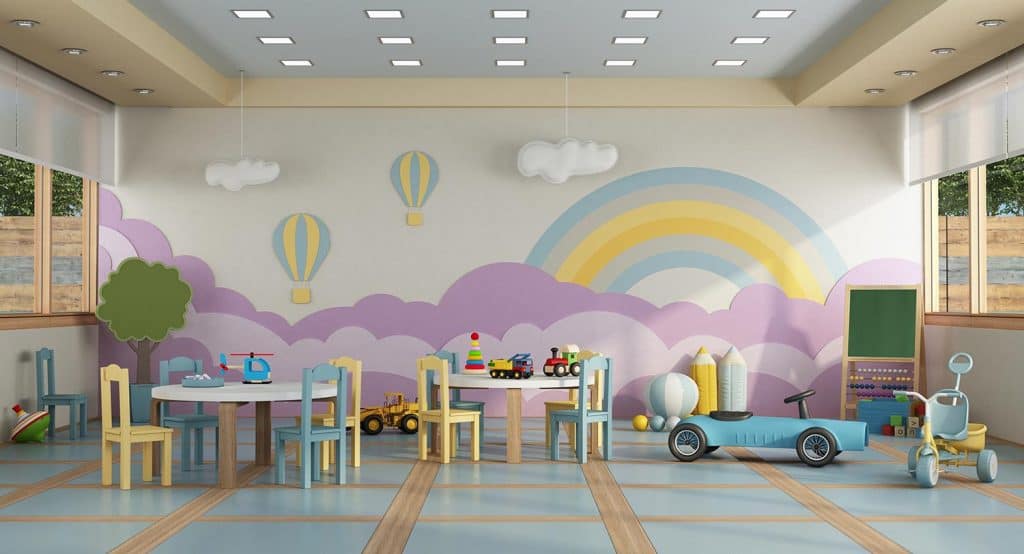
However I like to throw the furniture in the area I think I want it and then move around my classroom like Maria from Sound of Music. Well, kindergarten students do not move like most grown adults 🙂 This also helps me see traffic patterns. It is vital to be imaginative and creative in the colour arrangement to fully develop children’s imagination and creativity during the class.
Equipment and Furniture Needed for Kindergarten Classroom
The same idea goes to Fuji Kindergarten which has no wall at all in the kindergarten classroom. Children feel stressed when they are contained, by considering this issue, the architect Takaharu Tezuka tried to eliminate the nervousness in children who don’t like the feeling of being enclosed. Children are not always sitting and listening in the classroom and often have various activities, so the classroom should have enough space for children to do the activities safely and enjoyably. Kindergarten should create a comfortable space to improve the efficiency of indoor activities. The NUBO kindergarten was strategically designed to provide an open, fun place for kids to enjoy. The interior layout is designed to be ultra kid-friendly with designated areas including an extensive children’s library, a building block room, and numerous toys for all ages.
Ten kindergarten interiors that use colour to create a playful environment
Focal points invite children to actively engage and participate in the environment. A monogrammed carpet in a kindergarten classroom serves multiple purposes. It can define a specific area for group activities, story time, or circle time. The carpet should be colorful and comfortable, enticing children to sit and engage in activities. Safety is paramount in any classroom environment, especially in kindergarten. Emergency exits must be clearly marked, unobstructed and easily accessible.
Add in farmhouse elements
Incorporate storytelling into your daily life by reading aloud to your students. Choose imaginative books with vivid illustrations and engaging storylines. As you read, encourage your students to use their imaginations to visualize the story, predict what will happen next, and even create their own ending. After reading the story, engage your students in a discussion, ask open-ended questions, and encourage them to think critically and creatively. Imagine preschoolers building a makeshift spaceship from tables and chairs or creating a puppet theater behind a flipped-over couch. Such flexibility fosters a sense of exploration and cooperation as children learn to negotiate with peers, share resources, and solve problems together.
Remember, a well-thought-out preschool classroom layout can make all the difference in sparking creativity and engaging learning. Imagine a corner of your preschool classroom transformed into a haven for little bookworms. Picture soft pillows piled high, a plush rug underfoot, and a quiet ambiance that invites children to explore the magical world of stories. This is the essence of an engaging classroom design for a reading area. That's the reality for our pint-sized preschoolers in a classroom not designed with accessibility. An essential element of an engaging classroom design is ensuring materials are easily accessible to little hands.
The design of the kindergarten classroom has a significant impact in influencing the children’s interest to grow in a better environment. It allows children to explore freely, knowing that their environment is designed to protect them. Clear pathways for movement, furniture with rounded edges to prevent injuries, and secure fixtures that can't easily tip over are all crucial elements of a safe, engaging classroom design. Kindergarten classrooms should be designed to promote learning and engagement. Here are 10 tips to help you create a simple kindergarten classroom design that fosters a love of learning. Having a mix of these 4 different types of centers is what I find most effective and developmentally appropriate for my students.
Is This Elementary School Near Pittsburgh the Future of Education? - Smithsonian Magazine
Is This Elementary School Near Pittsburgh the Future of Education?.
Posted: Thu, 23 Feb 2023 08:00:00 GMT [source]
Ensuring the availability and organization of these elements is key to an effective learning space. When incorporating nature into the design of a kindergarten classroom, there are many factors to consider in order to create an effective learning environment. The amount of natural light, plants, and other elements can all play a role in how well students learn and retain information.
Safety takes center stage in creative classroom setup for kindergarten. It’s important to incorporate emergency exit signs into the overall classroom design seamlessly. These signs, adorned with cheerful colors, not only ensure safety but also contribute to the lively classroom atmosphere.

Use Baskets to Organize Children’s Belongings
Though there are many rules, regulation already in place, there are few major points to take care of in brief. Magenta pink paint was used to cover the walls and ceilings of this art classroom in a Chinese kindergarten by Crossboundaries. Located in a brutalist building in Melbourne, this learning centre has pastel colours, marmoleum flooring and theatrical hand-painted murals throughout the playrooms. In these ten projects, designers used colour to encourage kids to crawl, jump and learn. By eliminating clutter, arranging storage materials, and highlighting children's work, the classroom becomes a backdrop to honor all who occupy the space. Just as you are immersed in a natural world of sights, sounds, tastes, smells, and textures, classrooms should reflect the wonders of nature that surround you.
Provide a variety of art materials, such as paints, markers, crayons, and clay, and encourage your students to experiment and explore. Set up an art corner with a variety of materials and allow your students to create freely. Display their artwork around the classroom to celebrate their creativity and inspire others. In your kindergarten classroom decor journey, an alphabet carpet can be a focal point of early literacy development.
It’s important for children to see themselves and others reflected in their learning environment. According to Edutopia, when a classroom is organized and intuitive, it aids students in focusing better. For instance, a classroom that supports working memory limits excessive verbal directions from the teacher. Instead, the design itself guides the students, creating a routine and clarity for them. Such a setup not only makes the environment conducive to learning but also nurtures essential skills that students will carry with them throughout their lives.
Generally working on sheets are easier on personal desk but giving demonstration or hands on experience, which everyone can see, is easier on large sized tables. Have your organization systems in place before the first day of school. After the students arrive, you will have a lot less time to think about how you want to keep things organized. These were organized by months of the school year, that way I could look in September to find anything I might need for that month. If I didn’t have time to put my master copies away or if I got new master copies, they went into the master copy bin. When I had the time, I pulled them out of the bin and filed them away.
You can learn even more about my kindergarten classroom setup by reading through My Ultimate Guide for Kindergarten Centers. One of the most important aspects of stimulating imagination in your kindergarten classroom ideas is encouraging personal expression and celebrating creativity. Create a safe and supportive environment where students feel comfortable expressing their ideas, taking risks, and thinking outside the box.

Bring the outdoors inside by incorporating plants and nature-themed décor. Studies show that being in nature can help reduce stress and promote well-being. When designing a kindergarten classroom, it is important to make it bright and inviting. Use bright colors on the walls and try to avoid using fluorescent lighting.
The new wing helps to create a distinct space for students between the roadway and the main school building, with concrete courts in the middle. The wood-clad extension references the school’s geometric wall of windows with framed segments. The shed-style architecture calls to mind Sea Ranch and the architecture of the 1970s. Skylights and ground level windows contribute to the luminous interior. The Reggio-Emilia region has long been a world-leader in new approaches to childhood education. The kindergarten was designed as a laboratory that would allow for exploration and curiosity.
Incorporating many types of seating give students options for socializing and independent play. Making a large space more inviting and engaging can be difficult, but finding a great piece like a huge mat can bring it all together. Create a photo op in your classroom for Meet the Teacher Night (or open house). In the ever-evolving landscape of childcare, the spotlight on health and wellness has become...





